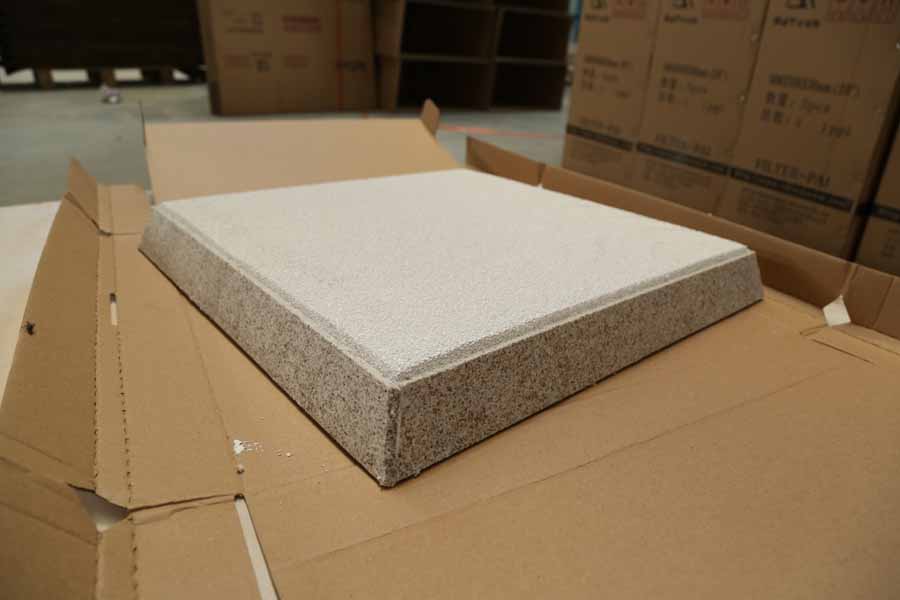
31 3月 Ceramic Filter 20
Ceramic Filter 20 can effectively remove larger inclusions in molten aluminum, as well as small inclusions of a few microns in size that cannot be removed by conventional processes in molten aluminum, reducing the hydrogen content in molten aluminum.
Ceramic foam filter Dimension
660x660x50(26 inch)
584x584x50(23 inch)
508x508x50(20 inch)
432x432x50(17 inch)
381x381x50(15 inch)
305x305x50(12 inch)
228x228x50(9 inch)
178x178x50(7 inch)
Ceramic foam filter Pore Size (PPI): 10/20/30/40/50/60

30ppi 40ppi Foundry Filter is the most commonly used ceramic foam filter in the aluminum casting industry.
Ordinary aluminum casting usually uses 10-40ppi ceramic filter plates.
Aviation and high-quality aluminum materials usually use 30-60ppi ceramic filter plates.
Through adsorption, the content of harmful elements in molten aluminum can be removed.
Generally speaking, the selection of the filter plate should take into account the requirements of the quality of the finished product, the flow rate of the molten aluminum in the washing liquid, the total amount of the molten aluminum to be filtered, and the cleanliness of the molten aluminum itself.
Causes and Solutions of Defects in Aluminum Foil Rolling
1. The filtering, degassing and slag removal of the aluminum melt before casting are not thorough, and the slag inclusions such as alumina and slag are brought into the aluminum melt and finally into the casting billet.
2. When replacing the high-quality ceramic filter, slag inclusions such as alumina and slag are brought into the aluminum melt.
3. The purity of the aluminum melt is too poor, and there are too many non-metallic foreign objects to complete degassing and slag removal.
Ceramic Foam Filter Suppliers introduce Ceramic Filter 20 solution
Use better ceramic filters to filter aluminum melt (foam ceramic two-stage filtration, high adsorption capacity). Change the replacement method of the ceramic foam filter.
Choose good primary aluminum and scrap.
From pouring to solidification, the casting alloy liquid will shrink macroscopically or microscopically at the solidified place.
This macroscopic contraction caused by contraction is visible to the naked eye, and is divided into concentrated contraction and dispersed contraction.
The concentrated shrinkage holes are large and concentrated, distributed on the top of the casting or at the hot joint with a thick section.
The dispersive shrinkage cavities are small and dispersed, most of which are distributed in the casting shaft and hot joints.
The microscopic shrinkage cavities are difficult to see with the naked eye, and most of the microscopic shrinkage cavities are distributed under the grain boundaries or between dendrites.


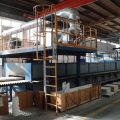
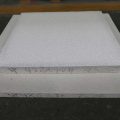
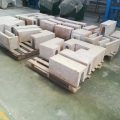
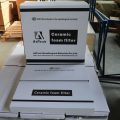
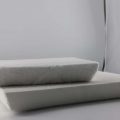
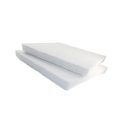
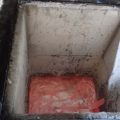
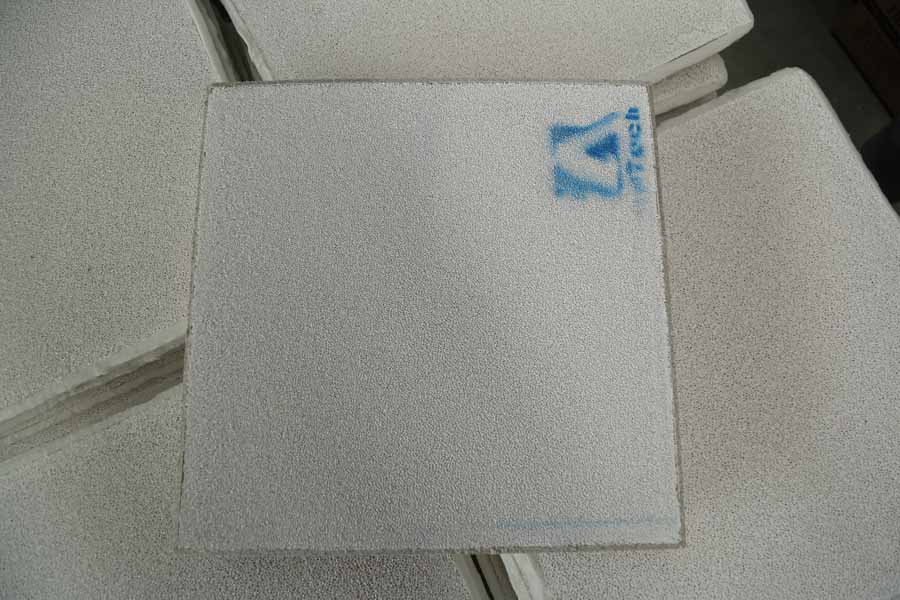
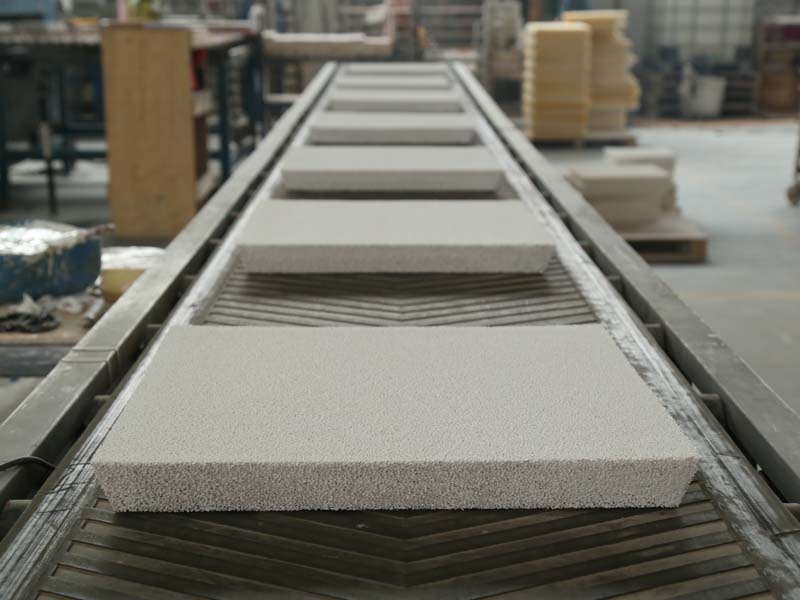

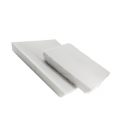


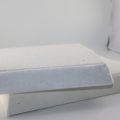
No Comments